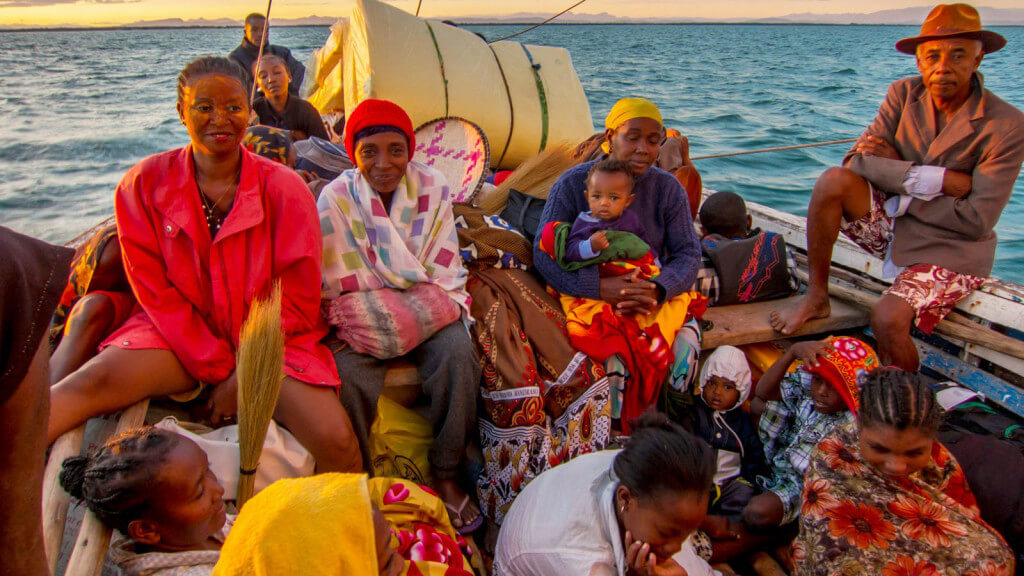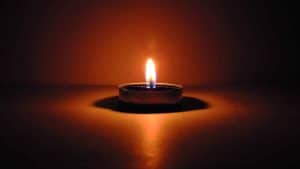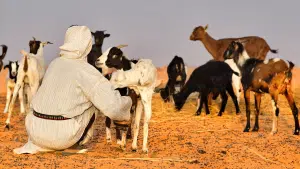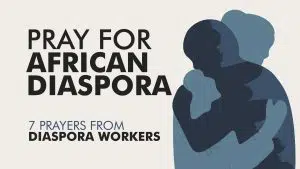Who are the Antakarana?
The Antakarana, who are originally of mixed Austronesian, African and Arab ancestry, settled in the far north of Madagascar in the 12th century. They are called ‘People of the White Coral Rocks’ as they live in a geographically isolated, rocky place. Some work as coastal fishermen and those in inland villages harvest rice, raise cattle and grow crops on a small scale. Others work in factories and do other work in towns. They see themselves as Antakarana before they consider themselves Muslim and are proud of their history and culture.
What do they believe?
During the Merina invasion, when the Antakarana were in danger of being wiped out, they hid in caves for over a year. Life was difficult and many died. Their King prayed that if his people should survive, they would embrace Islam. They found refuge on the island of Nosy Mitsio and converted to Islam in the 1840s. Now they mix folk Islam with animistic beliefs, adhering to many ‘taboos’ in their daily lives.
What is being done to reach them?
The history of the Antakarana means that they have not accessed the scriptures available in the Merina dialect. At the moment, an organisation called SIL are in the process of translating the gospel of Luke. Pray the Antakarana would have ears to hear the Good News in their own language. A TIMO team went to serve among them on the island of Nosy Mitsio from 2014-16. Now previous TIMO team members continue to minister there, alongside Malagasy missionaries.




